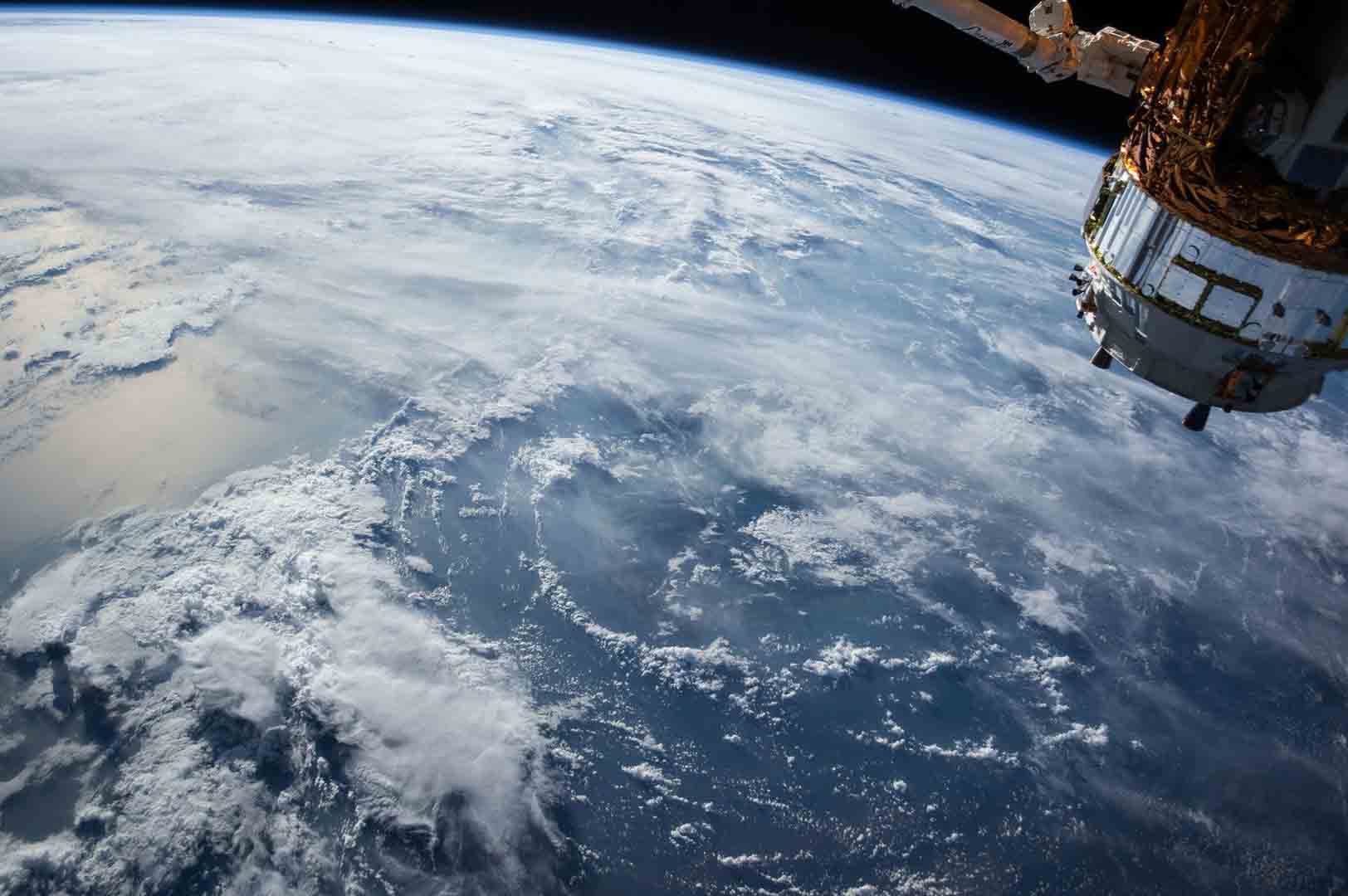
16 Jul Satellite Internet: the solution to the digital divide
Among many other factors, satellite Internet may just be the one component that contributes most to reducing the current digital divide, both in Spain and in many Latin American countries. After the global shutdown forced upon us by the COVID-19 pandemic, lots of neutral operators and satellite operators have resumed their activities.
In fact, the Internet via satellite market has produced forecasts that far exceed even the most optimistic to date. This is due to the fact that demand for broadband services has increased significantly and will be used to further develop services like Internet via satellite to maintain connectivity during things like air travel, for example.
Internet via satellite in rural areas
However, the one aspect that could contribute most of all to the disappearance – or at least significant reduction – of the world’s digital divide is providing connectivity in areas where fibre optic hasn’t yet reached the stage of development seen in larger population centres. Rural areas that are hard to access or have difficulty deploying wired infrastructure or 5G nodes are precisely the places that could have the most to gain from satellite Internet.
Many government programmes see promoting Internet via satellite as a fundamental strategic driver in their medium-term digitalisation plans. And that’s precisely the case in Spain’s 2025 Digital Agenda and the Digital Europe for 2021-2027 programme, for example. To fully realise these kinds of initiatives, the highest possible levels of connectivity across national and European regions will be essential, which is why satellite Internet is so crucial.
Internet by satellite, the answer to growing demand
Another important factor the satellite Internet market must take into account is the considerable growth in demand for ever more demanding digital services in terms of bandwidth, growth that is spreading both in larger cities and in areas without the same fibre optic or 5G coverage. The global health crisis has led to significant changes in the way we live our lives and behave. Both in terms of work and how we spend our free time.
There’s now much greater need for reliable data transmission, for greater volumes of high-definition audiovisual content – video conferencing, audio and video content for entertainment –, as well as for fluid communications in both private and business environments. Satellite Internet can cover all existing coverage ‘gaps’, meeting today’s greater demand with guarantees on reliability, security and global reach.
Hispasat, one of lyntia’s strategic partners in VSAT, is among the top 10 fastest-growing companies globally operating within the Internet via satellite market. In fact, they lead the video signal transmission services industry, as well as satellite connectivity in Spanish- and Portuguese-speaking countries. As such, they serve as the cornerstone of the main communications bridge between Europe and the Americas, as demonstrated in a recent study published by experts at the request of the Coordinated Institute of Governance and Applied Economics.
Satellite Internet is therefore set to serve as one of the key pillars of a connected society, without digital divides caused by an inability to access high-performance connectivity services. Both in remote towns and in areas where fibre optic simply can’t reach, 20% of the desired rollout, Internet via satellite with be able to eliminate those ‘dark areas’ on the map once and for all.

